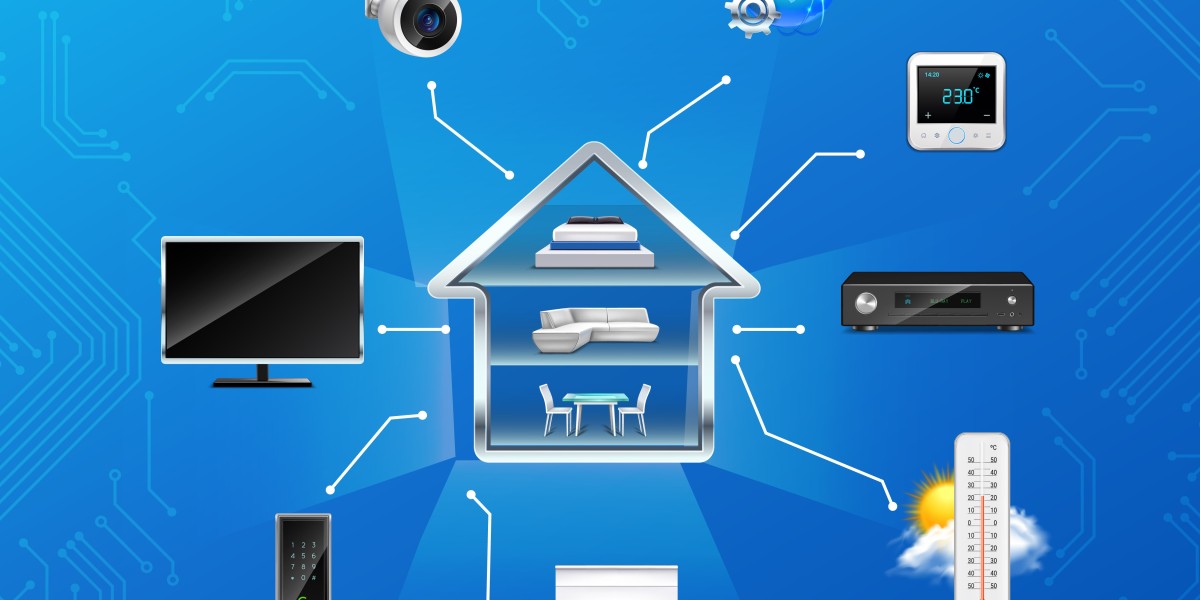Understanding CCTV Security Camera Systems and Security Camera Installation
In today’s world, security is no longer a luxury—it’s a necessity. Whether you're protecting your home, your business, or both, a CCTV security camera system offers peace of mind and practical protection. These systems have evolved significantly over the years, moving from grainy footage and difficult setup to smart, high-definition systems with remote access and easy installation. In this article, we’ll walk you through the key components of a CCTV security camera system, how to plan for one, and what you need to know about security camera installation.
What Is a CCTV Security Camera System?
A CCTV (Closed-Circuit Television) security camera system is a network of cameras and recording equipment designed to monitor activity in and around a property. Unlike public broadcast systems, CCTV is a closed system, meaning footage is only accessible to authorized users.
A standard setup typically includes:
Cameras: Either analog or IP (Internet Protocol), fixed or PTZ (pan-tilt-zoom).
Recording Device: DVR (Digital Video Recorder) for analog or NVR (Network Video Recorder) for IP cameras.
Cables and Power Supplies: For connectivity and camera function.
Monitor or Mobile App Access: To view live or recorded footage.
Benefits of a CCTV Security Camera System
Installing a CCTV security camera system offers several practical advantages:
Deterrence of Crime: Visible cameras discourage theft, vandalism, and trespassing.
Evidence Collection: High-resolution footage can assist in investigations.
Remote Monitoring: Access your system from a smartphone or computer, anytime.
Lower Insurance Premiums: Some providers offer discounts for monitored properties.
Improved Safety: Watch over loved ones, employees, or visitors in real time.
Planning Your Security Camera Installation
Before rushing into installation, it’s important to plan your system according to your specific needs. Here's what to consider:
1. Assess Your Property
Walk around your property and note vulnerable entry points: doors, windows, driveways, or alleyways. Think about blind spots, areas with low lighting, and places where valuable items are stored.
2. Choose the Right Cameras
There are different types of cameras for different situations:
Indoor vs. Outdoor Cameras: Outdoor models are weatherproof and more durable.
Night Vision Cameras: Use infrared to capture clear images in darkness.
Dome, Bullet, or PTZ Cameras: Each design offers unique benefits in coverage and mounting.
3. Decide on Wired or Wireless
Wired systems are reliable and ideal for large properties but may require professional installation. Wireless systems are easier to install and ideal for smaller spaces but depend on Wi-Fi strength.
The Process of Security Camera Installation
While DIY kits are common, a solid understanding of the process ensures your system performs as expected.
Step 1: Mount the Cameras
Install cameras at least 8 to 10 feet high for maximum coverage and minimal tampering. Aim them toward entry points and keep them away from direct sunlight or obstruction.
Step 2: Run the Cables (If Wired)
Carefully route cables through walls or ceilings. Avoid running cables near high-voltage lines to prevent interference. Use waterproof connectors for outdoor areas.
Step 3: Set Up the Recording System
Connect cameras to the DVR or NVR and link it to a monitor or mobile app. Make sure your hard drive has enough storage—most systems offer motion-based recording to save space.
Step 4: Configure the Software
Use the system's software to set motion detection zones, recording schedules, and alert notifications. This step is key to getting the most out of your system.
Common Mistakes to Avoid
Even with a good system, small mistakes during security camera installation can reduce effectiveness.
Poor Camera Placement: Avoid placing cameras behind glass or facing bright lights.
Ignoring Privacy Laws: Be aware of local laws about filming public spaces or neighbor property.
Underestimating Network Needs: IP cameras require strong, stable internet for smooth streaming.
Not Testing After Installation: Always test each camera’s feed before finalizing installation.
Maintenance Tips for Long-Term Performance
Once installed, your CCTV security camera system needs routine maintenance to stay effective.
Clean Camera Lenses: Dust, rain, or cobwebs can block or blur footage.
Check Connections: Ensure cables and power sources are secure and undamaged.
Review Footage Regularly: Set aside time each month to scan recordings for issues.
Update Firmware: Software updates can improve performance and fix security vulnerabilities.
When to Call a Professional
If your property is large, you have no prior experience with electronics, or you want a highly customized system, calling a professional can be worth the cost. Trained installers can optimize camera angles, conceal wiring, and ensure everything is up to code.
Brands like backstreet-surveillance offer packages that include expert installation and post-sale support, which can be helpful for those looking for long-term reliability.
Conclusion
Installing a CCTV security camera system is one of the smartest decisions you can make for personal or business safety. With careful planning and proper security camera installation, these systems can offer reliable monitoring, peace of mind, and even help deter criminal activity. Whether you choose to go the DIY route or hire a professional, make sure your setup meets your property’s unique needs. In today’s world, keeping an eye out is more important than ever.






